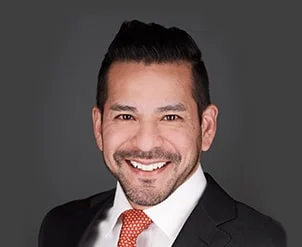Five Key Bankruptcy Exemptions in Indiana

The Bankruptcy Code guarantees debtors a fresh financial start. So, Indiana law protects a number of assets from seizure during bankruptcy. That’s even true in a Chapter 7, or a so-called “liquidation” bankruptcy.
Briefly, Chapter 7 is an excellent option for people who struggle with credit cards, medical bills, and other forms of unsecured debt. Chapter 13 gives people with secured debt delinquency, such as past-due home mortgage payments, up to five years to catch up.
All the while, the Automatic Stay remains in place. So, creditors cannot take any adverse action without special permission from the bankruptcy judge. This stay also helps preserve the property exemptions guaranteed under Indiana law.
Home Equity
Section 34-55-10-2 protects up to $40,000 in home equity. That may not seem like a lot, but in the context of home equity, it is a lot.
Mortgage loans are amortized. So, in the first few years, most borrowers mostly pay front-loaded interest. The bank wants to get paid before the homeowner builds equity. As a result, people who have lived in their houses for less than ten years typically have little equity.
Furthermore, it is important to accurately value the home for bankruptcy purposes. There is often a significant difference between the as-is cash value, which must be listed on Schedule A, and the home’s fair market value. An accurate bankruptcy value helps maximize the home equity exemption.
Finally, the amount may be higher if one spouse is the owner and the debtor, and the other spouse has a tenancy of the entirety and does not file bankruptcy. In these situations, creditors may not seize the property to pay one person’s debts. These exemptions are quite complex, so only highly-experienced attorneys should handle them.
Wildcard Exemption
Indiana debtors may exempt up to $10,500 of otherwise non-exempt property. This exemption could add to the homestead exemption or be used in other areas, such as protecting a motor vehicle.
The same equity rules apply here. Most new vehicles have high Blue Book values but practically no equity. Conversely, many used cars have considerable equity but no financial value.
Only the as-is cash value counts. So, the theoretical Blue Book value may be too high. If a car needs work or the market is depressed, the as-is cash value may be quite minimal.
Health Aids/Personal Property
Because this exemption amount is rather small ($400), some debtors overlook it. But attention to detail is very important in bankruptcy cases, specifically regarding exemptions.
Health aids include things like medical devices and removable braces. These things are often almost priceless to the people who own them, but their as-is cash value is practically nothing. So, this exemption is important, and a little goes a long way.
If there is money left over, and there usually is, many debtors use the rest of the exemption on hobby items or collectibles.
Retirement Accounts
In many cases, an IRA, 401(k), or other retirement account is a family’s largest financial asset. These accounts are 100 percent exempt, regardless of their value and regardless of whether the benefits are vested.
Public pensions (firefighters, teachers, etc.) are 100 percent exempt as well. The same exemption may apply to a private employer pension plan.
Insurance
On a related note, life insurance and other such policies and proceeds are exempt as well. In many cases, such policies may have substantial monetary value and may represent a family’s future financial security.
Count on Dedicated Lawyers
Most financial assets are exempt in bankruptcy proceedings. For a free consultation with an experienced Chicago bankruptcy attorney, contact the Bentz Holguin Law Firm, LLC. After-hours visits are available.


